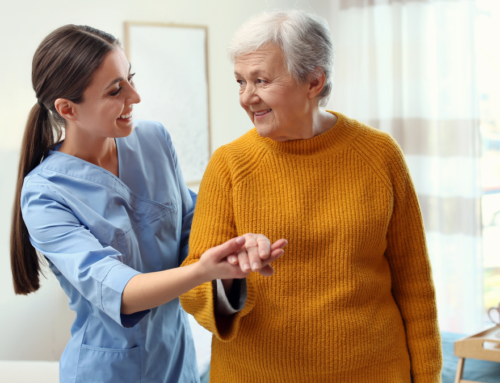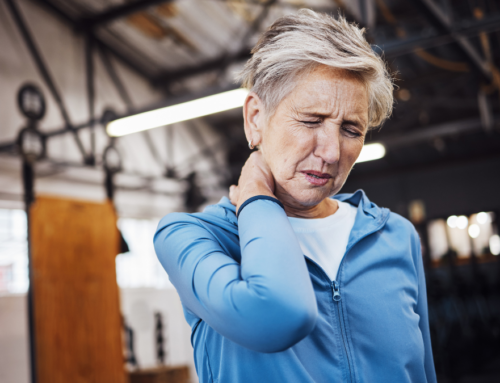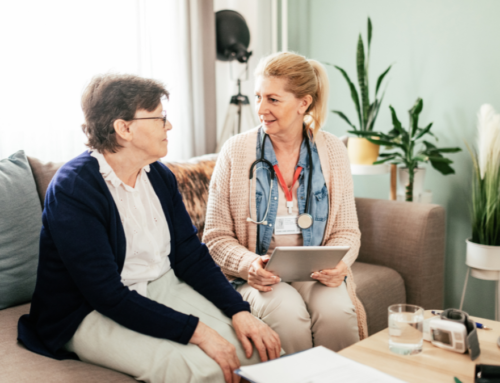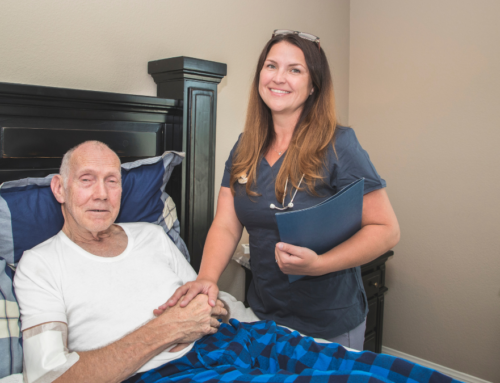
The Reality
Each year, one in every three adults ages 65 or older falls and 2 million are treated in emergency departments
for fall-related injuries. And the risk of falling increases with each decade of life. The long-term consequences of fall injuries, such as hip fractures and traumatic brain injuries (TBI), can impact the health and independence of older adults. Thankfully, falls are not an inevitable part of aging. In fact, many falls can be prevented.
Everyone can take actions to protect the older adults they care about.
Falls are among the leading causes of death and injury in the older population. Families can greatly reduce the risks of accidents by ensuring that their older loved ones have the proper medical care, home support, and home safety evaluations.
An estimated 97% of ER doctors report that not having help at home with activities of daily living is a very serious risk factor for accidents or injuries at home for elderly.
Prevention Tips
You can play a role in preventing falls. Encourage the older adults in your life to:
- Get some exercise. Lack of exercise can lead to weak legs and this increases the chances of falling. Exercise programs such as Tai Chi can increase strength and improve balance, making falls much less likely.
- Be mindful of medications. Some medicines—or combinations of medicines—can have side effects such as dizziness or drowsiness. This can make falling more likely. Having a doctor or pharmacist review all medications can help reduce the chance of risky side effects and drug interactions.
- Keep their vision sharp. Poor vision can make it harder to get around safely. Older adults should have their eyes checked every year and wear glasses or contact lenses with the right prescription strength to ensure they are seeing clearly.
- Eliminate hazards at home. About half of all falls happen at home. A home safety check can help identify potential fall hazards that need to be removed or changed, such as tripping hazards, clutter, and poor lighting.
Steps for Home Safety
The following checklist can help older adults reduce their risk of falling at home:
- Remove things you can trip over (such as papers, books, clothes, and shoes) from stairs and places where you walk.
- Install handrails and lights on all staircases.
- Remove small throw rugs or use double-sided tape to keep the rugs from slipping.Keep items you use often in cabinets you can reach easily without using a step stool.
- Use non-slip mats in the bathtub and on shower floors.
- Improve the lighting in your home. As you get older, you need brighter lights to see well. Hang lightweight curtains or shades to reduce glare.
- Wear shoes both inside and outside the house. Avoid going barefoot or wearing slippers.
Reprinted with permission from http://www.cdc.gov/features/olderamericans/





